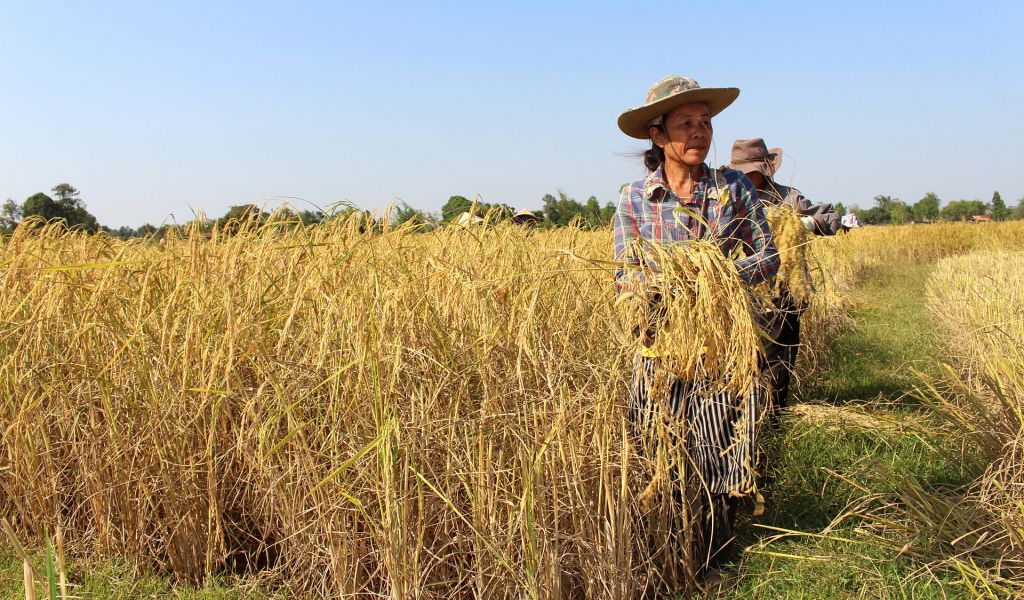Finance another hurdle for farmers in year of natural disasters

A coordinator with the Lao Farmers’ Network, Mr Phoutthasinh Phimmachanh, raised the issue on Friday, saying that banks and other financial institutions imposed strict borrowing procedures and charged high-interest rates. Many financial institutions are charging interest at 2-3 per cent per month, which farmers can’t afford, he said. Farmers in remote areas also require a great deal of capital to grow their crops but access to finance is limited. “This is still the main challenge in driving agricultural production in weather-affected areas,” he said. “This is the time to plant rice and other dry season crops, but many farmers lack the necessary capital. Some areas are facing water shortages, which means people have to spend a lot of money on electricity after using pumps to draw up water from rivers to irrigate their crops,” Mr Phoutthasinh said. This is a chronic problem that farmers’ groups have raised with the authorities many times, but their calls for assistance have fallen on deaf ears. But farmers’ groups now hope that banks and ministries are getting the message and giving due consideration to interest rates, and providing funds to help farmers affected by severe weather conditions.
Agriculture experts believe the difficulties in accessing finance will have a long-term impact on the sector’s contribution to Gross Domestic Product, which is expected to fall to 15.37 per cent this year. While agricultural production has opened up to private sector involvement, which has resulted in more financing as well as advisory services, the benefits of these changes for local populations have been relatively limited in remote areas, especially in the uplands. The government’s turning-land-into-capital development model has negatively impacted many upland communities because they have been displaced or excluded from their traditional lands to make way for large development projects. The number of farmers’ groups has risen from 2,950 to 3,630 but the reach and effectiveness of farm advisory services and access to sources of finance are still limited.
According to a recent report on the Agriculture and Forestry Development Plan for 2017-2020, the sector’s slice of GDP has continued to decrease following last year’s 16.34 per cent due to extreme weather, locust outbreaks, and difficulty in accessing finance to expand production.
Information source: Vientiane Times.
